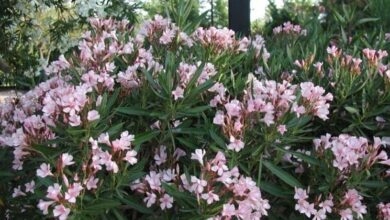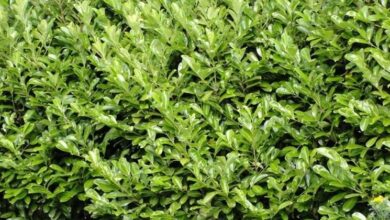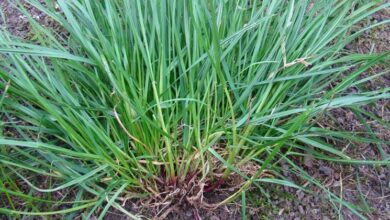Olive tree plant
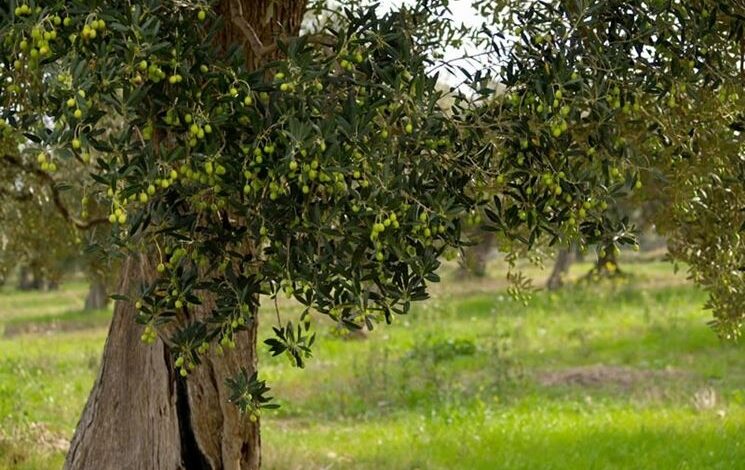
Olive plant: general characteristics
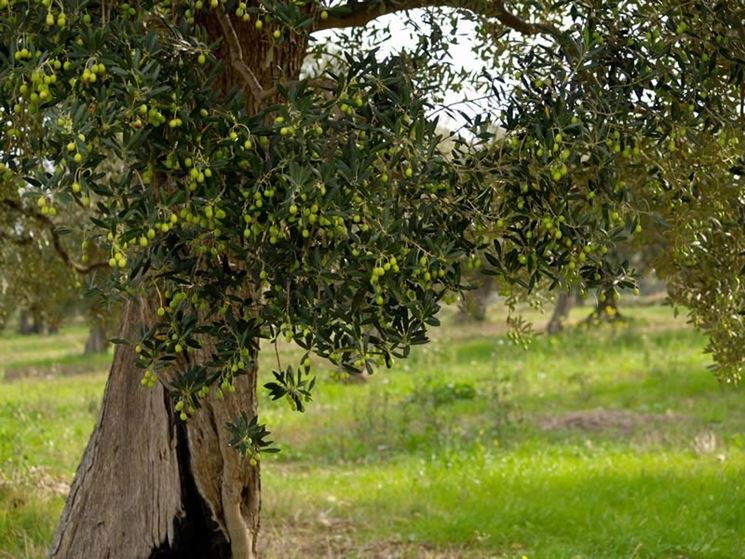
Olive plant: cultivation
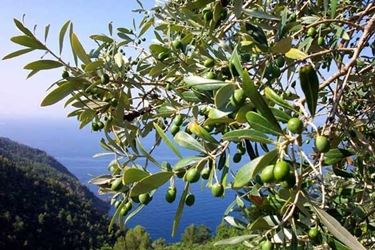
The cultivation of olive trees is very widespread both for commercial purposes and for do-it-yourself production, due to its fruits from which the oil is obtained. To start a cultivation of olive trees you must first proceed with the preparation of the soil. The substrate suitable for this type of cultivation must be clayey or in any case fairly soft and able to avoid stagnation. Once the suitable soil has been identified, it is necessary to clean it up, freeing it from shrubs and weeds. At this point of the preparation, first the subsoiling and then the leveling of the soil is carried out. In the period between May and June the ground is moved and very deep furrows are created. In September the seedlings must be planted in the soil treated in this way, and covered.
Olive plant: needs
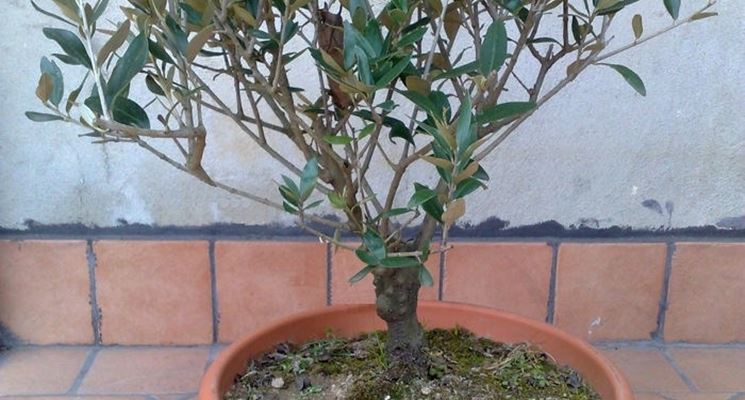
Once we have planted the seedlings, we need to make sure that our or our olive tree grows healthy and luxuriant, giving it the appropriate care. First of all, once the first sprouts begin to appear, it will be necessary to fertilize the soil, being careful not to suffocate the plant. At this point, after about three to four weeks it will be necessary to prune the excess branches. Watering is very important in this phase of the life of the olive tree. An excessively humid substratum must not be created to avoid stagnations, for this reason the watering must be regular but moderate. In the summer season due to the heat it may be necessary to water the olive tree once a week, while in winter it is sufficient to hydrate it twice a month.
Olive plant: Olive plant: care and pests
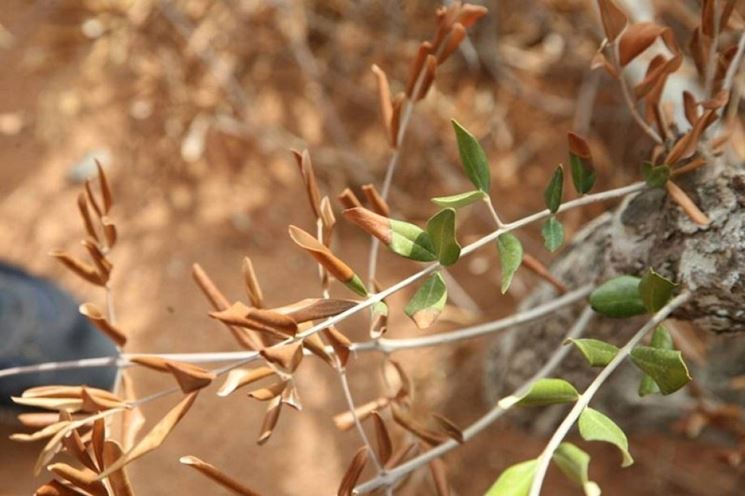
The olive plant can be prone to various diseases and pests. Among the most common diseases we remember mange, leprosy of the olive tree and the eye of the peacock. Among the parasites that most frequently attack the olive plant, the most dangerous are certainly the moth and the oil fly. The eye of the peacock is manifested on the leaves with brownish spots with a lighter color in the central part. The oil fly, on the other hand, inserts its eggs in the fruits of the olive tree; once the larvae develop they devour the olives from the inside making them rot. Tuberculosis is a bacterial disease that attacks the bark through the formation of cancerous areas that over time lead to necrosis of the olive tree. It being understood that the best cure is always prevention,

